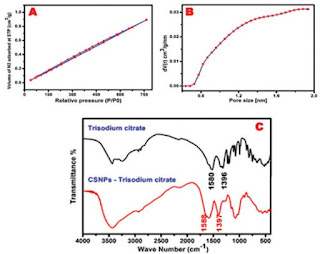Effects of Genotype by Weaning Age Interaction on Growth Traits in Rabbit: OAJBS Publishers
Effects of Genotype by Weaning Age Interaction on Growth Traits in Rabbit by Mohamed Ragab* in Open Access Journal of Biomedical Science (OAJBS)
Weaning age is an important event that affects the growth and health of weaned animals which has many impacts on mortality and growth traits. An experiment was conducted to study genotype (G) and weaning age (WA) interaction (G×WA) effects on growth traits of the animals belonged to two lines of rabbit (APRI and V line) reared under Egyptian conditions. Multiparous rabbit does were serviced to obtain 225 litters with 1800 young rabbits at weaning. The weaning ages ranged from 26 to 43 days where the young rabbits were weaned at different ages (≥28d (WA1); 28 < T ≥ 35d (WA2); 35 < T ≥ 40d (WA3) and 40<Td (WA4)). Body weight from 4 to 16 weeks of age (BWt) and corresponding average daily gain (ADGt1-t2) were measured. APRI rabbit line was significantly heavier body weight compared to V line at the different ages. At the end of the fattening period (FP), the difference was 104g per animal with higher ADG during the whole period. Regarding the weaning age effects, positive effects were observed where the heaviest BW was observed at FP. ADG of rabbits weaned in late weaning was higher than in early weaning with significant differences. The observed results suggest the existence of relevant G×WA interaction for these traits where is recommended to wean the young rabbits between 29-35 days while for rabbits of V line is recommended the weaning age after 35 days. The study confirmed that early weaning is not preferable in rabbit under Egyptian conditions, and it is better to wean young rabbits have at least 30 days of age to achieve best body weight and growth rate.
https://biomedscis.com/fulltext/effects-of-genotype-by-weaning-age-interaction-on-growth-traits-in-rabbit.ID.000285.php
To Know More About Open Access Journal of Biomedical Science Please Visit: Biomedscis
Are Click on: https://Biomedscis.Com/


Comments
Post a Comment